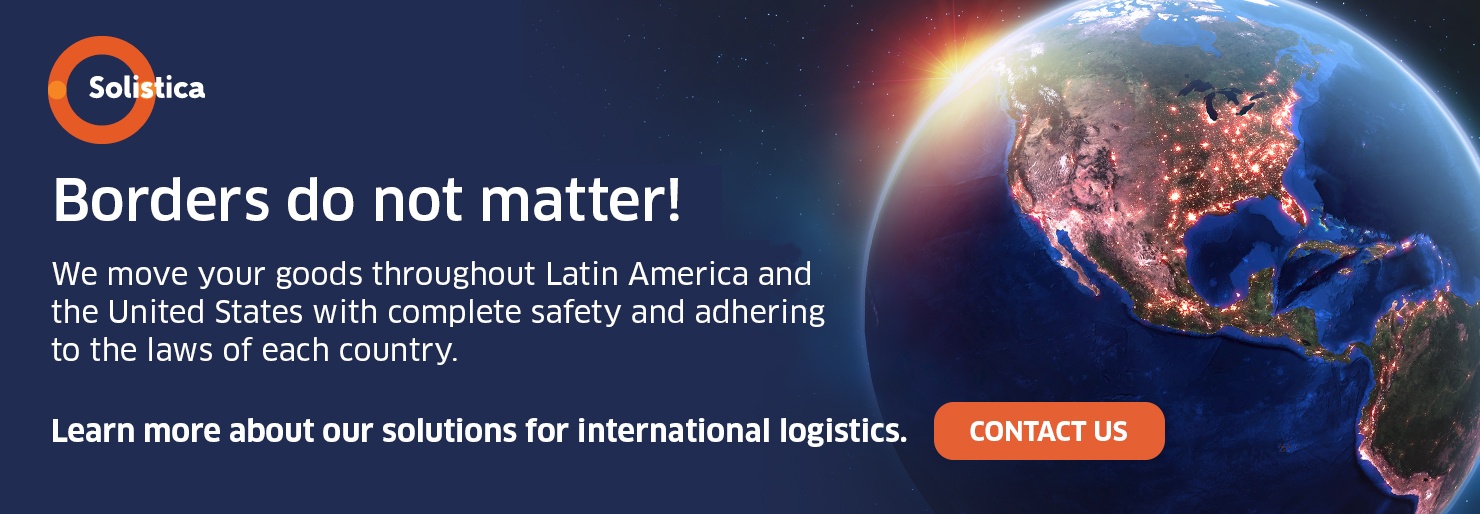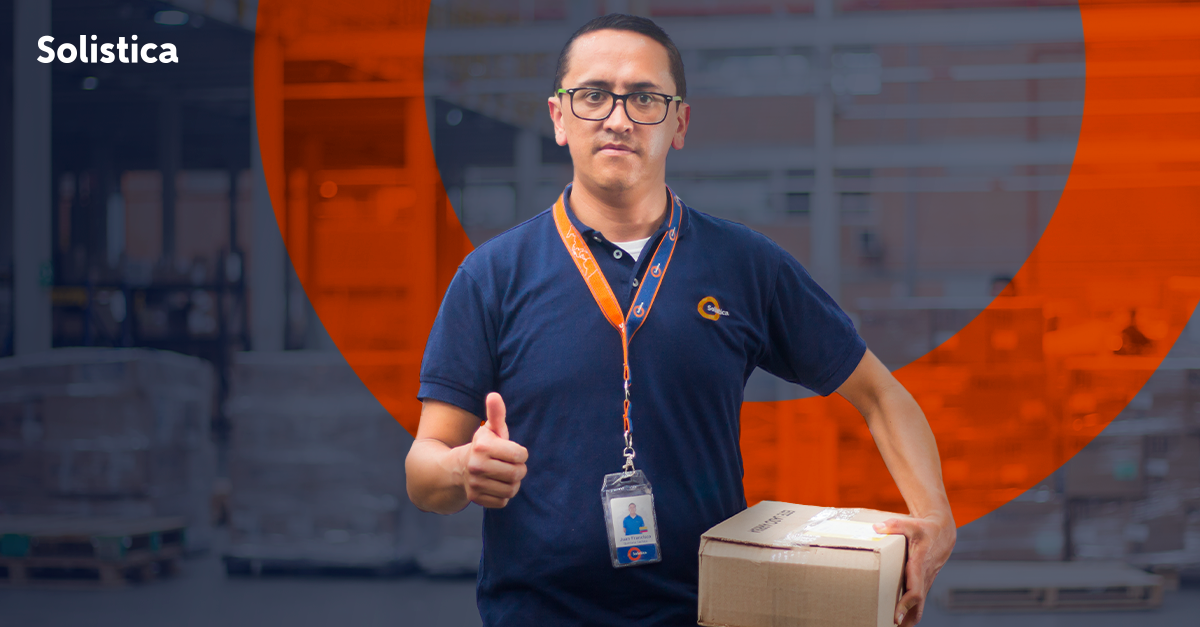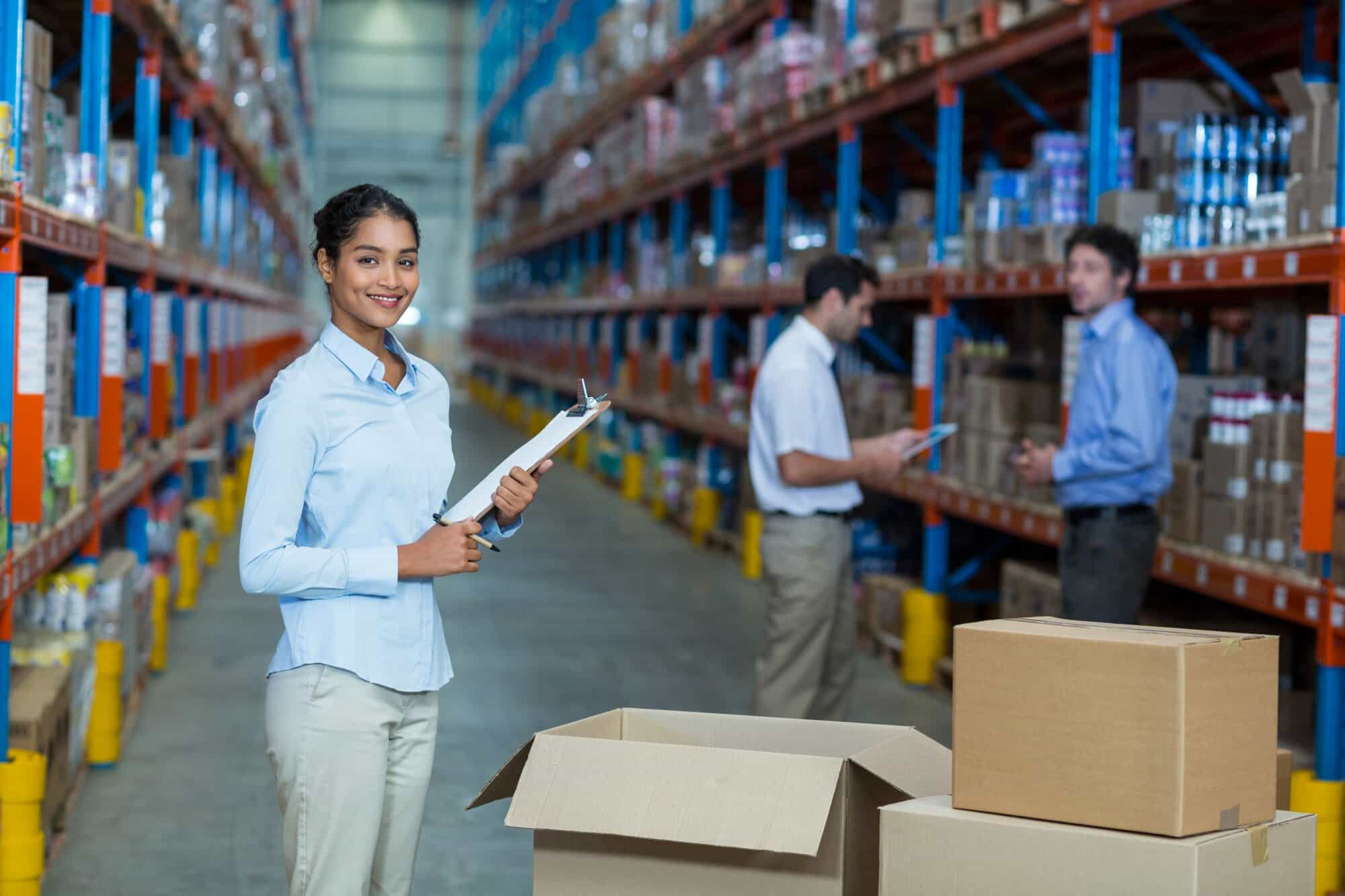2020 has been a unique year throughout the world. The COVID-19 pandemic has affected international trade and, therefore, it has destabilized complete economies.
To stop this crisis, the invention and fast distribution of a vaccine is imminent. This will represent a huge challenge for every country in terms of transportation, warehousing, and conserving the cold chain along the supply chain since it is estimated that 10 billion doses will be moved during the next couple of years.
As of today, over 250 possible vaccines for COVID-19 are at different stages of development. There is a great probability that one of them will be ready for distribution by the end of 2020.
Because of the urgency and the vast volume of doses needed per region, it is important for the pharmaceutical industry – hand in hand with governments – to plan and secure stable supply chains for the vaccines and the medical supplies demanded by this crisis.
What are the challenges and requirements to ensure a stable distribution across the globe?
For countries to kick-off successful immunization programs, they need to have functioning end-to-end logistics systems and supply chains. This is the only way in which they can guarantee the storage, handling, tracking, and inventory management of efficient vaccines; and this implies a strict control of the cold chain and adequate logistics management systems.
The end goal is to ensure the uninterrupted availability of quality vaccines from manufacturers to service providers in such a way that no opportunity for vaccination is lost. This demands a system that meets the six rights of the supply chain management: right product, right amount, right conditions, right place, right time, and right cost.
Even though there are routine immunization programs already in place throughout the world, the urgency for distributing this new vaccine has put pressure on everyone to increase the performance of the supply chains and to adapt to the new distribution strategies forced by the haste, integrating technology to the cold chain teams to guarantee their effectiveness.
Conventional vaccines, which must be safely stored the moment they are manufactured until the moment they are administered, need to be kept between 2 and 8 degrees Celsius. Any exposure to inadequate conditions, such as higher temperatures, may reduce or even destroy the vaccines strength. These findings are the result of many years of research carried out by the pharmaceutical companies in charge of manufacturing these vaccines.
However, COVID-19 vaccines are being developed at unprecedented speed and researchers are focusing completely on their safety and efficacy so they can receive approval as soon as possible. The lack for stability data may force some manufacturers to demand extreme temperatures throughout the supply chain (as low as -80 ° C) as a precaution. This means adapting the supply and cold chains with requirements never-before seen: the need to guarantee the traceability of the doses, the need to identify potential bottlenecks, and the need to plan fast end-to-end solutions.
Which solutions are needed?
There is no doubt that there will be adjustments from one end of the supply chain to the other. Beginning with manufacturers, warehousing infrastructure must be adequate for housing the shipments of doses in the proper conditions; once the distribution starts, processes that vary greatly from country to country – such as quality control and customs dispatch – may encumber the safekeeping of refrigeration requisites.
To avoid having many loading and unloading points as much as possible, it will become necessary to ship by air, covering distances as large as possible. This represents a challenge in terms of number of shipments and shipment volume.
Assuming 10 billion doses will be distributed in two years, it is estimated that 15 million shipments in refrigerated boxes will be needed, 200.000 trips of pallet freighters, and 15.000 flights for the different configurations of the supply chain.
The larger the distance to the manufacturing plants of the pharma companies, the more difficult it will be to meet the strict temperature requisites, especially in certain parts of the globe. Currently, vast regions of Africa, South America, and Asia (where two thirds of the world’s population live) cannot be easily supplied in great scale because there is a lack of adequate capacity in the logistics of the cold chain for medical products.
Governments and NGOs must begin improving the infrastructure now and work closely with the manufacturers of vaccines and the suppliers of logistics services to guarantee that the doses will be distributed to everyone as soon as the vaccines become available.
Setting a standard for the supply chain of vaccines
With the rising cost of vaccines and the larger warehousing capacity now demanded throughout the cold chain, countries must keep lower inventories, reduce waste, forecast the need of vaccines accurately, and avoid equipment breakdowns. This requires managing the supply chain at a constant high level, which can only be achieved if every link in the supply chain meets the current standards for warehousing and distribution.
The Effective Vaccine Management (EVM) initiative from the World Health Organization provides the necessary materials and tools to monitor and assess the supply chains for vaccines and to help countries improve the performance of their supply chains.
Building a new cold chain
Controlled Temperature Chain (CTC) is an innovative approach for managing vaccines, it allows them to be kept at temperatures outside the traditional cold chain (from 2 ° C to 8 ° C) during a limited period under controlled and monitored conditions. CTCs usually implies that the vaccines can only be exposed once to room temperatures that do not exceed 40 ° C and only during a specific number of days, just before inoculation.
The World Health Organization has set the following criteria for vaccines to be labeled and used at CTCs:
Vaccines must be used for special strategy or campaign scenarios. Currently, CTCs are not recommended for immunization under routine administration.
Vaccines should tolerate room temperatures of 40 ° C during a minimum of three days and must come with:
- A Vaccine Vial Monitor (VVM) for each vial, and
- An indicator for maximum threshold on each vaccine carrier.
The vaccine must have the proper authorization from the corresponding regulatory authorities for its use in CTCs and must bear a label specifying the conditions.
4 critical factors for the logistics of the vaccine
- Infrastructure logistics: The vaccines in the cold chain require logistics experts specialized in this sector and enough vehicles in optimal conditions to ensure the highest quality of delivery.
- Transportation safety: Achieve fast delivery free of incidents (rising theft rates).
- Product safety: To ensure all vaccines are received by the proper recipients, the product must follow a tracking process with each piece in every lot bearing a serial number and a forgery-proof identification system (inks, seals, labels).
- Product control system: A methodical logging of lot numbers, carets, and pieces must be carried using the serial number; in addition, there should be a strict and accurate control of boxes per destination. The distribution center’s inventory management must use FEFO (first expired, first out) for shipments.
Clearly, there are many things to consider and think through effectively. Knowing this is one thing but, how can companies and organizations make sure they are ready for this decisive moment?
The best option for meeting the vaccine’s logistics requirements is for it to be assigned to the main 3PL service providers in each country because they currently have the competencies needed for distributing it.
Logistics support is essential for the immunization services to guarantee the availability of proper equipment and an adequate supply of high-quality vaccines and material related to the immunization at all levels and in all countries.
If the logistics program is managed well in every country, it may help lower the costs by guaranteeing an efficient implementation of the vaccination program without sacrificing the quality of service.
Poorly managed logistics systems may result in elevated or unnecessary rates of vaccines being wasted, shortages, or an improper handling of waste, which raises operating costs importantly and negatively impacts public health.
Solistica’s international logistics services offer the necessary conditions to implement an immunization program throughout Latin America under the regulations set by the health authorities in every country and region.







